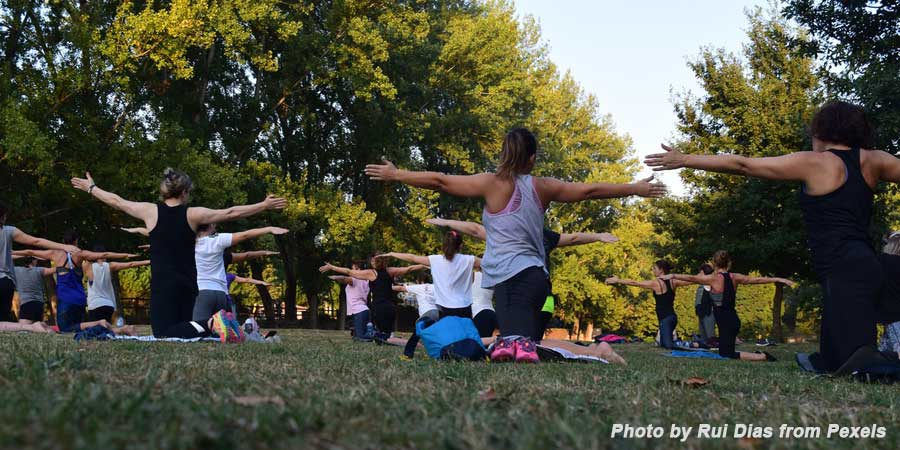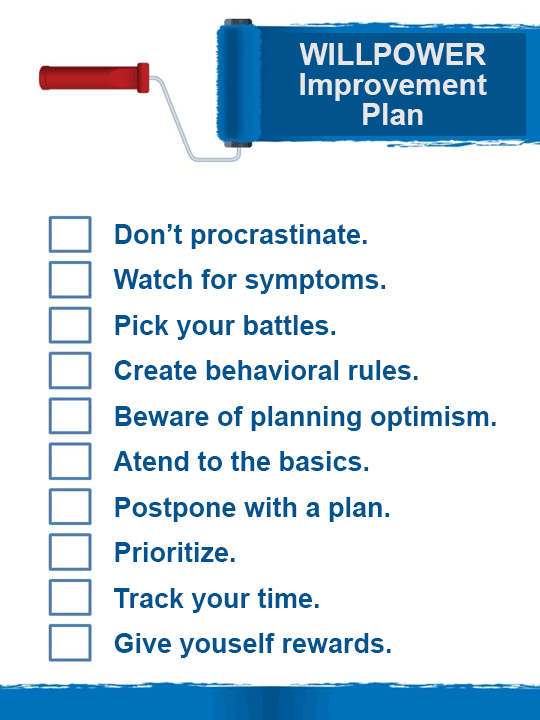The weather in Beaverton has been glorious these past few weeks – albeit a bit on the hot side. Nonetheless, I’ve managed to work in a daily 45 minute vigorous walk using my portable stair master as a back-up when things are less hospitable outdoors. So, as inspiration for myself and others, I thought I’d list the Top 10 reasons why exercise is so important for good health.
 #1: Exercise supports brain health. According to Dr. Sanjay Gupta, a regular fitness routine is the single most important lifestyle factor for a healthy brain. Exercise promotes cerebral blood flow which delivers vital nutrients to our brain cells while reducing inflammation. It encourages the release of brain-derived neurotropic factor (BDNF), a growth factor that supports the health of new neurons, the recruitment of blood vessels for neural activity, and the survival of all neurons. Exercise also accelerates repair mechanisms for damaged brain cells, speeding up recovery after injury, stroke, or significant emotional stress.
#1: Exercise supports brain health. According to Dr. Sanjay Gupta, a regular fitness routine is the single most important lifestyle factor for a healthy brain. Exercise promotes cerebral blood flow which delivers vital nutrients to our brain cells while reducing inflammation. It encourages the release of brain-derived neurotropic factor (BDNF), a growth factor that supports the health of new neurons, the recruitment of blood vessels for neural activity, and the survival of all neurons. Exercise also accelerates repair mechanisms for damaged brain cells, speeding up recovery after injury, stroke, or significant emotional stress.
#2: Exercise enhances brain function. Physically fit individuals manifest healthier white matter – i.e., the bundles of nerve fibers through which messages pass between different areas of gray matter. Healthy white matter correlates with sharper minds, better memory, improved reasoning, and increased efficiency in consolidating new information.
#3: Exercise improves cardiovascular function. Regular cardio-based physical activity trains the heart to push out more blood per beat, thereby functioning more efficiently. It encourages the heart to improve blood flow to the small vessels around it which, in turn, discourages build-up of fatty deposits. And with consistent workouts, the heart performs better under stress and recovers more quickly after exercise.
#4 Exercise keeps the blood healthy. When we’re sedentary, our blood circulation slows and our cells use less fuel (i.e., blood sugar). Elevated blood sugar may give rise to insulin resistance, a condition associated with elevated risk of stroke, heart disease, kidney disease, diabetes, and other potentially lethal conditions. When motionless, our bodies shut down production of the lipoprotein lipase which breaks down circulating fat molecules in the blood. They also do a poor job of regulating the satiety hormone leptin, thereby confounding the biological signal that tells us to stop eating.
#5 Weight-bearing exercise strengthens bones and increases muscle mass. For most of us, bone density peaks in our thirties. Absent intervention, it ebbs away progressively thereafter. Weight-bearing aerobic exercise (e.g., walking, jogging, stair climbing) can inhibit bone loss. Site-specific strength training and high impact endurance training increase bone density. Exercising also improves muscle strength, coordination, and balance which guard against falls and related fractures. These findings should be of particular interest for older adults!
#6: Exercise improves immune function. The body’s lymphatic system takes responsibility for removing bacteria, viruses, toxins, and abnormal cells. Lymphatic fluid transports waste in the lymphatic vessels and carries it to the lymph nodes to be neutralized by immune cells. The resulting waste enters the blood stream where it heads for the kidneys and elimination through urine. When we move our muscles and get our heart rates up, we stimulate the lymphatic system and increase the speed at which it removes waste. This action helps prevent infection and disease.
#7: Exercise promotes healthy bowels. It increases contractions of the intestinal lining and colon, leading to shorter transit times for processed waste. Exercise has also been associated with elevated microbiome diversity and reduced intestinal wall permeability.
#8: Exercise reduces stress. It increases serum beta-endorphin concentrations which exert positive effects on mood, pain perception, and the stress response. Exercise helps us relax and gain a fresh perspective on whatever is going on with our lives.
#9: Exercise promotes restorative sleep. It tires us out physically and increases the drive for sleep. We gain a similar effect through sustained movement in the course of daily activities – e.g., housework, cooking, gardening, standing while working at a desk, and walking/biking as modes of transportation. (I’ve demonstrated this effect repeatedly and reveled in the good night’s sleep!)
#10: Exercise encourages maintenance of a healthy weight. Exercise increases the rate at which we burn calories in the moment. It also amps up our metabolism which helps us burn calories at a faster rate even when the body is at rest. And when we feel better about ourselves and our bodies, we’re far more likely to make nutritious food choices and far less likely to overeat.








